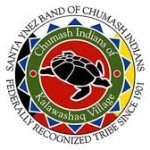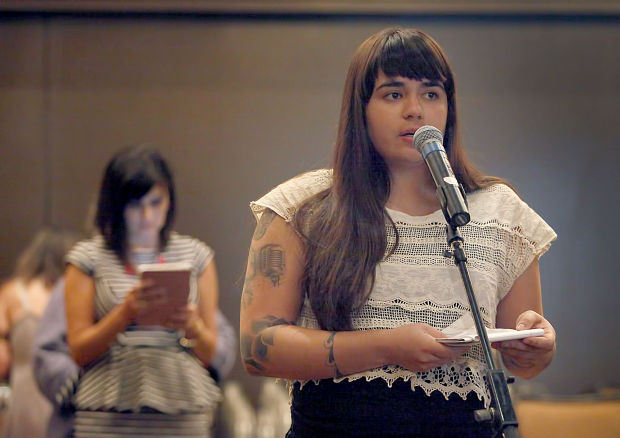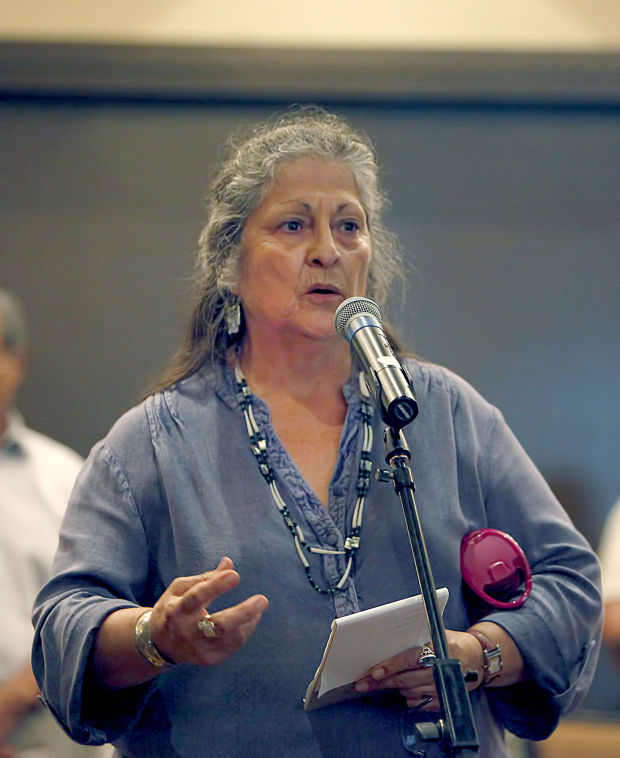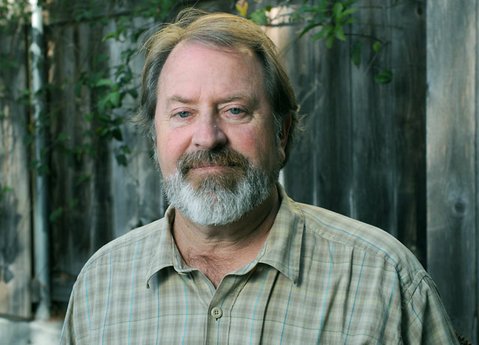Governor Brown signs bill to allow credentials for Native American culture teachers
Source: Santa Ynez Band of Chumash Indians
 SANTA YNEZ, CA – July 15, 2015 – Gov. Jerry Brown has signed a bill into law that extends the successfully implemented separate teaching credential for Native American languages passed in 2008 to include Native American culture.
SANTA YNEZ, CA – July 15, 2015 – Gov. Jerry Brown has signed a bill into law that extends the successfully implemented separate teaching credential for Native American languages passed in 2008 to include Native American culture.
The bill, AB 163, which was introduced by Assemblyman Das Williams (D-Carpinteria) and supported by the Santa Ynez Band of Chumash Indians, was signed into law on Monday. Under the Native American language-culture credential created by this bill, applicants can be authorized to teach courses in Native American language, Native American culture or both in California public schools.
“Our tribe is all too aware of the importance of not only preserving our language, but our culture as well,” said Vincent Armenta, Tribal Chairman of the Santa Ynez Band of Chumash Indians. “The passage of this bill will allow educators throughout California to become credentialed in Native American culture and share our traditions with children who have never been exposed to Native American life.”
In 2008, AB 544 established a separate teaching credential for the teaching of Native American languages in California schools. Federally recognized California tribes administered a test of their Native American language(s) to the teacher applicant, and those who succeeded received tribal sponsorship for a separate teaching credential from the Commission on Teacher Credentialing after passing necessary background and other checks. To date, 28 teachers have received such Native American language teaching credential statewide.
The Native American culture credential would be administered exactly the same as the Native American language credential by federally recognized California tribes and the state commission.
“This bill is a reminder of California’s incredible diversity, and the Commission is excited to help safeguard our state’s Native American heritage for future generations by placing qualified teachers of tribal culture in California’s classrooms,” said Mary Vixie Sandy, Ed.D., Executive Director of the Commission on Teacher Credentialing.
The signing of AB 163 comes on the heels of the Santa Ynez Band of Chumash Indians’ recent success of its own education programs. The preservation of its language, “Samala,” has become a model for successfully reinvigorating tribal languages and culture through dedicated programs.
The tribe released “The Samala-English Dictionary: A Guide to the Samala Language of the Ineseño Chumash People” in 2008. The 600- plus-page comprehensive dictionary was the result of a multi-year project and collaboration with Dr. Richard Applegate, a linguist who had studied the tribe’s language more than four decades ago when he was a graduate student at UC Berkeley.
In 2013, the Santa Ynez Chumash began offering a Samala language program at its Education Center, one of 27 state-funded American Indian Education Centers in California. Students are now taught Samala words, sentence structure and pronunciation through the learning center’s after-school language program and tutoring.
Last year, the tribe partnered with The Family School, a preschool/K-5 school in Los Olivos, California to bring Samala into the classrooms. Samala teachers have their own classroom where they teach Samala language classes twice a week. The language classes go beyond just teaching Samala, they also offer students a chance to immerse themselves in the language and Chumash culture.
[View the full legislation here.]
The Santa Ynez Band of Chumash Indians is located in Santa Barbara County. The tribe owns and operates the popular Chumash Casino Resort on its reservation and also owns two hotels and a restaurant in the nearby town of Solvang – Hotel Corque, Hadsten House and Root 246 – as well as two gas stations in Santa Ynez.





